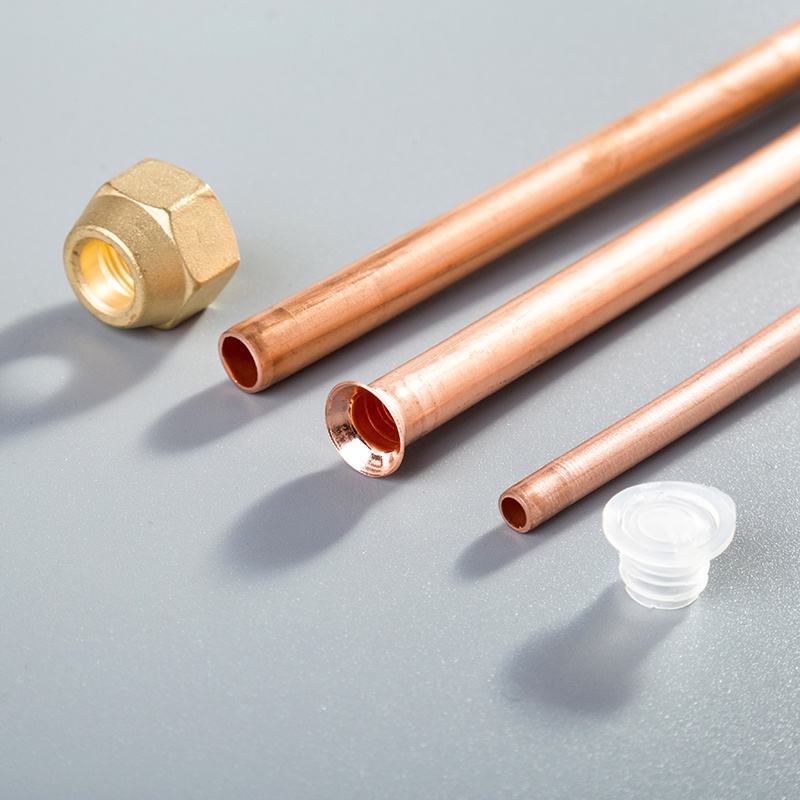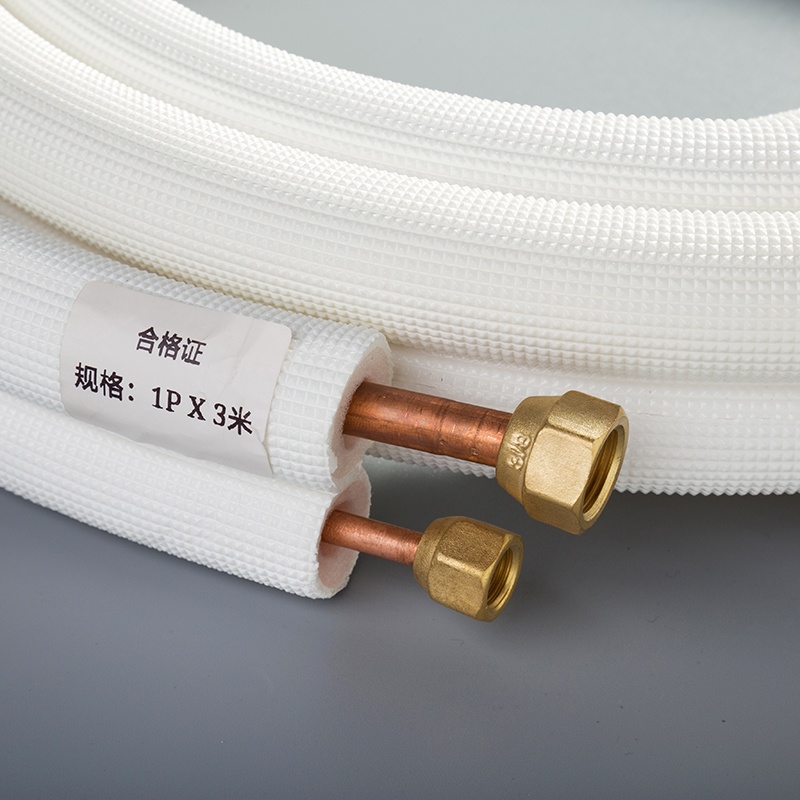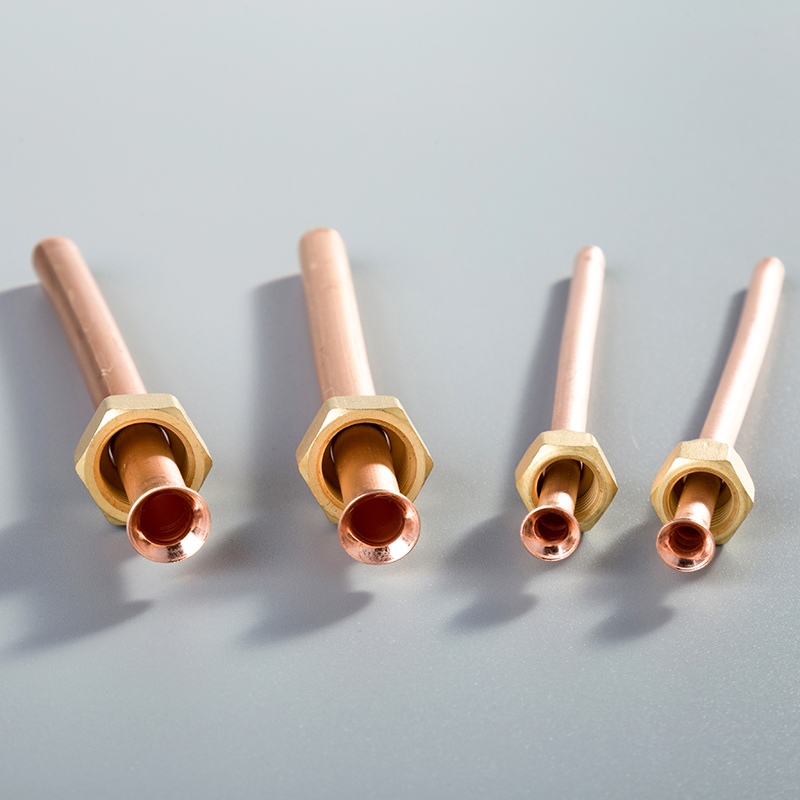Pros and Cons of Copper Plumbing Pipes

Write a 'Pros and Cons' blog post on 'Benefits and drawbacks of using copper plumbing pipes'
Copper plumbing pipes stand as a timeless choice in the realm of piping materials, offering a blend of advantages and disadvantages that merit consideration. With a global market size projected to reach $28,650 million by 2028 and a steady growth rate of 1.7%, copper pipes boast unmatched durability and resilience. While they excel in safety, performance, and environmental impact, their upfront cost and potential metallic taste in water pose challenges. Exploring the nuances of copper plumbing pipes unveils a world where reliability meets complexity.
Advantages of Copper Plumbing Pipes

Copper plumbing pipes exhibit remarkable durability, ensuring a prolonged long lifespan that surpasses many alternative materials. Their inherent resistance to corrosion further solidifies their reliability in various plumbing systems.
In terms of safety, copper pipes shine as a non-toxic material, guaranteeing the purity of water flowing through them. Additionally, their fire-resistant properties add an extra layer of security in case of unforeseen incidents. The natural anti-bacterial properties of copper contribute to maintaining clean and hygienic water supplies.
When it comes to performance, copper plumbing pipes excel with their high thermal conductivity, facilitating efficient heat transfer within the system. They ensure a reliable water flow, minimizing disruptions and optimizing overall functionality. Moreover, their lightweight nature makes them a preferred choice for installation due to ease and convenience.
Environmental Impact
Recyclability
Copper plumbing pipes exhibit remarkable recyclability, contributing to sustainable practices in the plumbing industry. When copper pipes reach the end of their long lifespan, they can be recycled and repurposed into new products, reducing waste and conserving valuable resources.
Lower environmental footprint compared to plastic
In terms of environmental impact, copper pipes boast a lower environmental footprint when compared to plastic alternatives. Their durability and resistance to degradation ensure a longer service life, minimizing the need for frequent replacements that contribute to environmental strain.
Resistance to scaling
One notable advantage of copper plumbing pipes is their resistance to scaling, which can impede water flow and reduce system efficiency. Unlike some materials that are prone to scaling buildup over time, copper pipes maintain smooth interiors, ensuring optimal water pressure and flow rates throughout their lifespan.
Disadvantages of Copper Plumbing Pipes
Copper plumbing pipes present challenges alongside their benefits, requiring a balanced assessment to make informed decisions.
Cost
Higher initial cost: Copper piping may demand a higher upfront investment compared to alternative materials, impacting initial project budgets.
Expensive repairs: Repairing copper pipes can be costly due to the specialized skills and materials required, potentially increasing maintenance expenses over time.
Installation
Requires professional installation: Proper installation of copper plumbing pipes necessitates skilled professionals to ensure optimal performance and longevity.
Time-consuming process: The installation of copper pipes can be time-intensive, potentially leading to project delays and increased labor costs.
Susceptibility to Issues
Potential for corrosion in certain water conditions: Copper pipes are susceptible to corrosion in specific water environments, which can compromise their structural integrity over time.
Vulnerability to freezing in cold climates: In colder regions, copper plumbing pipes are at risk of freezing and bursting during extreme temperatures, requiring preventive measures.
Metallic flavor in water: Some individuals may notice a metallic taste in water flowing through copper pipes, which could affect the overall drinking experience.
Comparison with Alternative Materials

Copper vs. PEX Pipes
Cost comparison
Copper pipes, known for their durability and longevity, often come at a higher initial cost compared to PEX pipes. This upfront investment reflects the superior quality and reliability that copper pipes offer over their counterparts.
Installation ease
When comparing copper to PEX pipes in terms of installation, it is essential to note that copper piping requires specialized skills for proper fitting. While PEX pipes may offer easier installation due to their flexibility, copper's rigidity ensures long-term stability and performance.
Durability and lifespan
In the realm of durability and lifespan, copper pipes outshine PEX alternatives. With exceptional resistance to corrosion and temperature extremes, copper piping guarantees a prolonged service life that surpasses the capabilities of PEX pipes.
Copper vs. Plastic Pipes
Safety and health considerations
Copper pipes stand out in terms of safety and health considerations when pitted against plastic alternatives. The non-toxic nature of copper ensures that water remains uncontaminated during transportation, promoting overall well-being.
Environmental impact
In assessing the environmental impact of copper versus plastic pipes, it is evident that copper's recyclability sets it apart as a sustainable choice. The ability to recycle copper pipes endlessly contributes to reducing waste and conserving resources for future generations.
Performance and reliability
When evaluating performance and reliability, copper plumbing pipes emerge as the preferred option due to their consistent water flow and resistance to scaling issues. Unlike plastic pipes that may degrade over time, copper maintains its structural integrity for enhanced system efficiency.
To summarize, copper plumbing pipes offer unparalleled durability and safety compared to PEX and PVC pipes.
The natural anti-bacterial properties of copper ensure clean water delivery, a feature absent in plastic alternatives.
While copper may have a higher upfront cost, its long lifespan and resistance to corrosion make it a worthwhile investment.
When deciding on piping materials, individuals should consider their specific needs and prioritize reliability over initial expenses.
See Also
Insights on Why Copper Pipes Outperform PVC Environmentally
Key Advantages of Copper Pipes for Air Conditioning Innovation
Benefits of Opting for Copper Pipes in Air Conditioning


